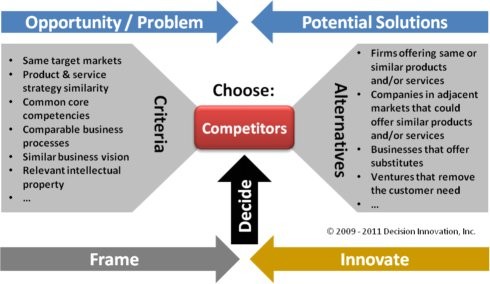Choosing between competing insurance policies can feel like navigating a maze of fine print, premiums, and promises. On the surface, many policies appear similar—offering coverage for the same risks, structured around comparable terms. But beneath that surface lie critical differences that can significantly impact your financial security, peace of mind, and long-term planning. Making the right choice requires more than comparing prices; it demands a thoughtful evaluation of what each policy truly offers and how well it aligns with your unique needs and circumstances.
The first step in making a sound decision is understanding your priorities. Insurance is not one-size-fits-all, and what works for one person or business may not be suitable for another. For example, a young professional with minimal assets might prioritize affordability and basic coverage, while a family with a home and children may need broader protection and higher limits. Similarly, a small business owner might value flexibility and quick claims processing, whereas a larger enterprise may focus on comprehensive liability coverage and risk mitigation services. Clarifying what matters most—whether it’s cost, coverage depth, customer service, or policy features—helps create a framework for comparison.
Once priorities are clear, it’s important to look beyond the headline numbers. Premiums are often the first thing people notice, but they don’t tell the whole story. A lower premium might come with higher deductibles, limited coverage, or exclusions that leave you exposed when it matters most. Conversely, a slightly higher premium could offer more robust protection, better service, and fewer out-of-pocket costs in the event of a claim. Evaluating the total cost of ownership—including deductibles, co-pays, and potential gaps in coverage—provides a more accurate picture of value. It’s not just about what you pay monthly; it’s about what you might pay when something goes wrong.
Coverage details are where policies truly diverge. Two health insurance plans might both cover hospital stays, but one may include access to a wider network of providers, telemedicine services, or wellness incentives. Auto insurance policies may differ in how they handle rental car reimbursement, roadside assistance, or accident forgiveness. These nuances can make a significant difference in your experience and financial outcome. Reading the policy documents carefully, asking questions, and seeking clarification on ambiguous terms are essential steps in understanding what you’re actually buying. It’s not enough to assume coverage—you need to confirm it.
Customer service and claims handling are also critical factors that often get overlooked. A policy is only as good as the support behind it. When a crisis occurs, you want to deal with a provider that responds quickly, communicates clearly, and resolves issues fairly. Researching reviews, talking to current policyholders, and consulting independent ratings can offer insights into how insurers perform when it counts. A company with a reputation for transparency and empathy may be worth choosing over one that offers slightly lower rates but has a history of delays or disputes. The human element matters, especially in moments of stress and uncertainty.
Flexibility is another dimension to consider. Life changes—new jobs, relocations, family growth, or business expansion—can all affect your insurance needs. Policies that allow for adjustments, endorsements, or riders without excessive hassle or cost are more likely to serve you well over time. For instance, a homeowner’s policy that can easily accommodate renovations or a business policy that scales with your operations reflects a provider’s commitment to long-term partnership. Choosing a policy that can evolve with you reduces the need for frequent switching and ensures continuity of coverage.
Technology and accessibility are increasingly important in today’s insurance landscape. Providers that offer intuitive digital platforms, mobile apps, and online claims processing make it easier to manage your coverage and get support when needed. These tools enhance convenience and transparency, allowing you to track claims, update information, and communicate with representatives without unnecessary delays. While tech features shouldn’t be the sole deciding factor, they can significantly improve your overall experience and engagement with the policy.
Finally, it’s worth considering the insurer’s financial strength and stability. Insurance is a promise to pay, and that promise depends on the company’s ability to fulfill it. Independent ratings from agencies like A.M. Best, Moody’s, or Standard & Poor’s provide a snapshot of an insurer’s financial health. A strong rating indicates that the company is well-positioned to meet its obligations, even during economic downturns or periods of high claims volume. Choosing a financially sound provider adds an extra layer of confidence to your decision.
In the end, selecting between competing policies is about aligning coverage with your values, goals, and risk tolerance. It’s a process that requires diligence, curiosity, and a willingness to look beyond the surface. By focusing on what truly matters—comprehensive protection, responsive service, and long-term adaptability—you can make a choice that not only meets your current needs but also supports your future aspirations. Insurance isn’t just a product; it’s a partnership. And choosing the right policy is the first step in building that relationship with clarity and confidence.



